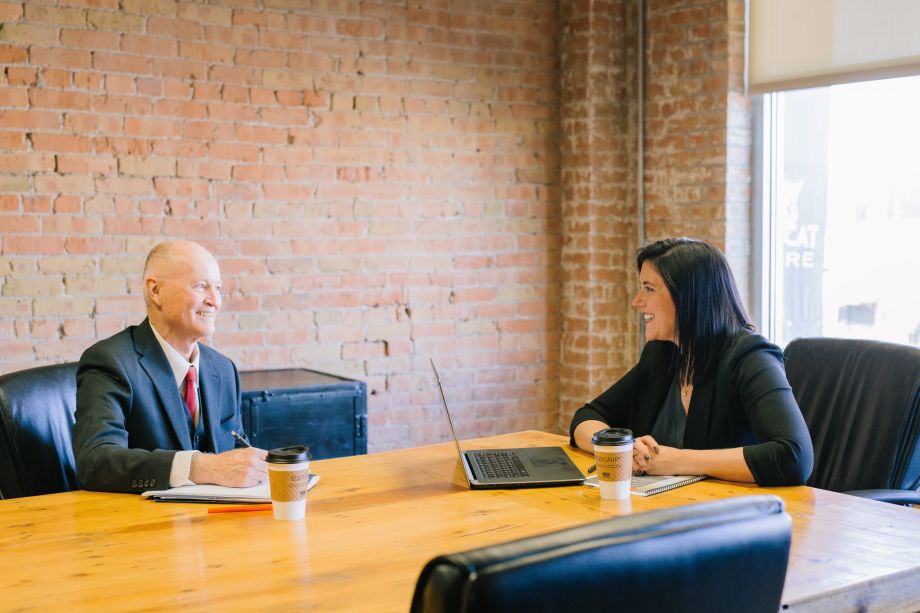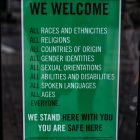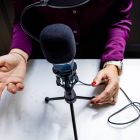
Does your audience feel seen? The power of words and images in business comms…
By Julia Edwards, About Equality
We are constantly bombarded by images. Through social media, on television, in magazines and across billboards. It is estimated that the average person sees up to 10,000 adverts every single day[1]. That’s a huge space for showcasing our wonderfully diverse population, for representing copious cultures, and celebrating unique identities. But are we getting it right? Are we using pictures to their full potential and recognising our entire audience?
The power of images
Marketers and communicators have significant power over who is seen, how they’re seen, and whether unhelpful stereotypes are allowed to live on and grow in our conscious and unconscious minds.
Global stock-image library, Getty Images, has been researching the importance of authentic representation for over 20 years[2]. They found that a massive 72% of global customers expect brands they buy from to support diversity and inclusion, and that a whopping 80% of consumers are loyal to brands whose businesses support their own values. Getty’s data shows that the world is shifting, and customers are looking for a more inclusive view of people.
As culture shifts, imagery and communications also need to evolve to better represent the population. When consumers see themselves represented in brand and marketing visuals, they feel seen, and understood, and valued – which leads to deeper brand affinity.
Who’s missing?
So, what’s “normal” and who’s missing in our visuals for advertising and marketing?
- Firstly, bald men! Less than 1% of images show bald men whilst, remarkably, 39% of men in the UK are in fact representing hair-free heads.
- Similarly, the average woman in the UK is 5 foot 3 inches and dress size 14-16. This is still not the image adorning the pages of women’s magazines and Instagram profiles, suggesting that authentic diversity of body type is seriously lacking.
- And elsewhere, the 21% of people in the UK who identify as having a disability, our over 60s population, and our members of the LGBTQ+ community, if represented at all, are often portrayed in highly stereotypical ways.
So, what can you do?
Meeting our customers’ growing awareness requires authentic imagery and real people. Using strong visual content provides the chance to represent people who haven’t seen themselves in certain spaces before – which in turn opens up new consumer bases.
Building cultural intelligence means increasing our awareness of cultural biases and assumptions. Brands with better cultural intelligence will be more effective at navigating the nuances that make people feel seen, rather than stereotyped.
As content creators we have huge opportunities for storytelling to break down barriers. We can move beyond ‘tokenism’ and making a symbolic effort. Instead, we can use our visual language to tell robust, authentic stories that actively represent people in the most appropriate and engaging way.
We need to ask who’s missing from the images we use, who’s repeatedly centre of the story, and who is lacking in positive and empowering representation? If our customers do not see themselves, or who they aspire to be, they are far less likely to buy, follow, collaborate, or engage.
And more widely, images create a strong narrative that can change views, conversations, and actions. And if we get it right, our businesses and brands will be where they should be – focused on belonging, with our audiences hearing “we see you”.
To discover how TPW can make sure your audience is seen – and your business truly heard – get in touch: hello@thepowerofwords.co.uk
[1] https://www.forbes.com/sites/forbesagencycouncil/2017/08/25/finding-brand-success-in-the-digital-world/?sh=7d28c8b6626e
[2] https://creativeinsights.gettyimages.com/en/collections/our-collections/dei-toolkits
About the author






